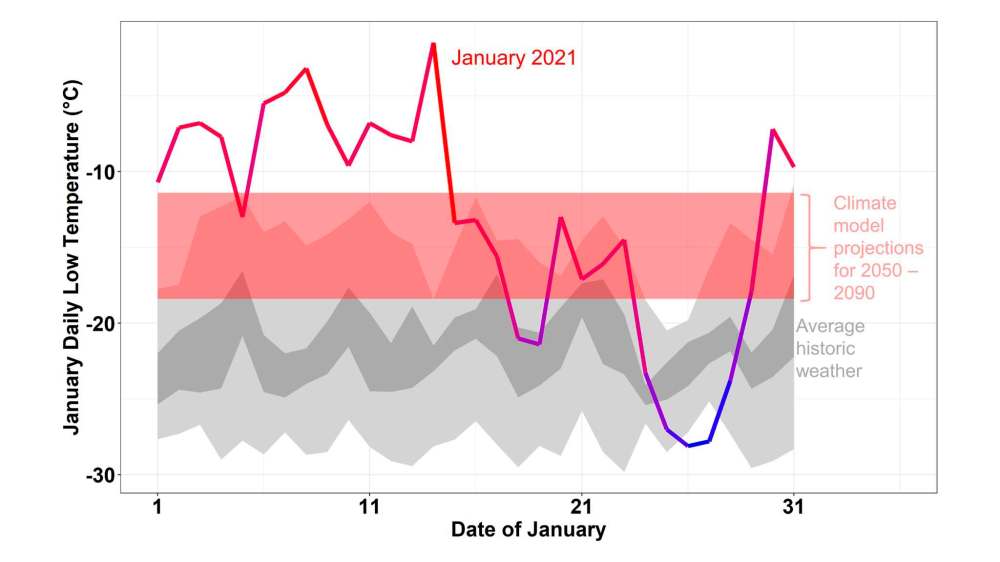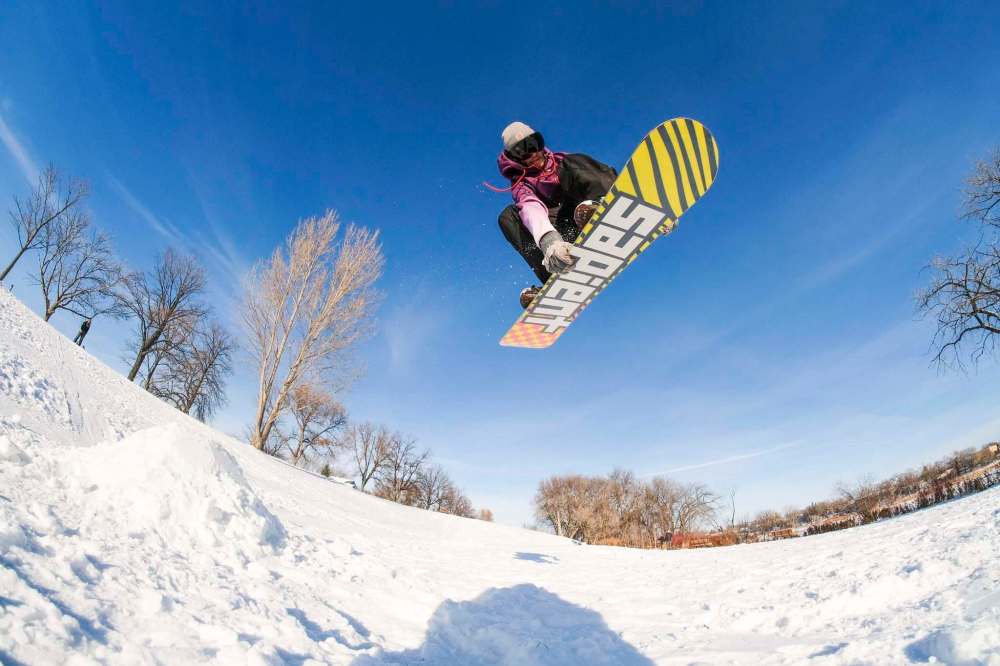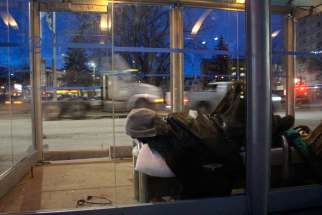January provides glimpse of future: climate researchers
Read this article for free:
or
Already have an account? Log in here »
To continue reading, please subscribe:
Monthly Digital Subscription
$0 for the first 4 weeks*
- Enjoy unlimited reading on winnipegfreepress.com
- Read the E-Edition, our digital replica newspaper
- Access News Break, our award-winning app
- Play interactive puzzles
*No charge for 4 weeks then price increases to the regular rate of $19.00 plus GST every four weeks. Offer available to new and qualified returning subscribers only. Cancel any time.
Monthly Digital Subscription
$4.75/week*
- Enjoy unlimited reading on winnipegfreepress.com
- Read the E-Edition, our digital replica newspaper
- Access News Break, our award-winning app
- Play interactive puzzles
*Billed as $19 plus GST every four weeks. Cancel any time.
To continue reading, please subscribe:
Add Free Press access to your Brandon Sun subscription for only an additional
$1 for the first 4 weeks*
*Your next subscription payment will increase by $1.00 and you will be charged $16.99 plus GST for four weeks. After four weeks, your payment will increase to $23.99 plus GST every four weeks.
Read unlimited articles for free today:
or
Already have an account? Log in here »
Hey there, time traveller!
This article was published 02/02/2021 (1758 days ago), so information in it may no longer be current.
Winnipeg broke into 2021 with a bit of a hot flash.
With average daily temperatures at The Forks weather station measuring a balmy -9.2 C, the month cooked to the second-warmest January on record, according to Environment and Climate Change Canada.
In the midst of a pandemic, the reprieve from January’s characteristic chill brought some much-needed relief to Winnipeggers, and the opportunity to get outside without their eyelashes freezing together.
But for climate change researchers at the University of Winnipeg, it certainly doesn’t feel as simple as enjoying the weather.

They have even coined a term for the contradiction amongst themselves: blissonance. A mash-up between bliss and dissonance.
“The idea that we’re trapped between this idea of enjoying the warm weather but also subject to being aware of the impacts of this warm weather and what it represents; the departure from normal, a migration to the future,” said Matt Morison, a postdoctoral fellow at the U of W studying climate change impact on boreal forest.
Morison can’t take credit for the term (he passes that off to colleague Laura Cameron) but it captures the feeling of the moment.

He crunched data from Environment and Climate Change Canada for the Free Press, and compared it with future projection models used by the university’s Prairie Climate Centre.
The average daily minimum temperature was used as a barometer to consider how warm January 2021 was, because it is critical in determining things such as the number of pests that survive the winter, if rivers, lakes and snowpack stay frozen, and so on.
In January, the average daily minimum in Winnipeg was -13.2 C; only January 2006 was warmer, at -11.4 C.
Last month was 8.1 C warmer than the historical average for January (-21.3 C).
“We’re well above what would be considered normal for the past. We’re actually around or above what we expect to see in the later half of the century,” Morison said.

Winnipeg was far from alone as a hot spot.
Patrick Duplessis, a Ph.D. candidate at Dalhousie University, posted data to Twitter on Monday that every part of Canada saw above-average temperatures in January.
The data Duplessis used showed new warm-weather records were set in different parts of the country, with many in the Arctic and sub-Arctic, including Resolute, Rankin Inlet, and Kuujjuaq.
The northern Manitoba town of Churchill logged temperatures approximately 5 C warmer than historical averages, but didn’t make the cut for its warmest January.
Globally, winters are getting warmer and shorter. The lead scientist for the U.S. not-for-profit Berkeley Earth, Robert Rohde, pointed out Tuesday’s Groundhog Day holiday was soon going to be meaningless.

“No offence to the groundhog, but winters are effectively shorter today nearly everywhere compared to what was normal (roughly) 50 years ago,” Rohde wrote on Twitter.
sarah.lawrynuik@freepress.mb.ca







